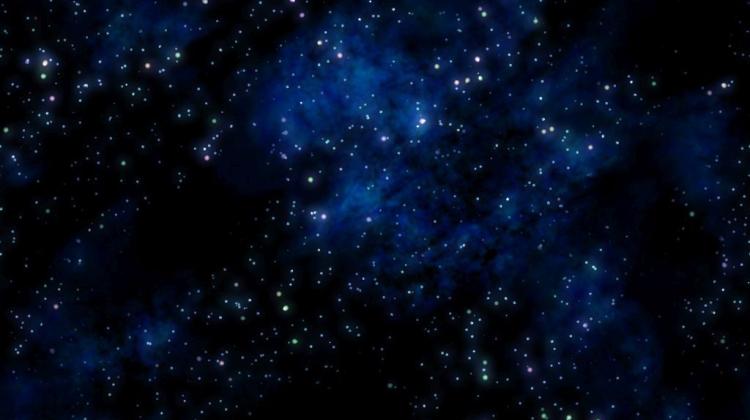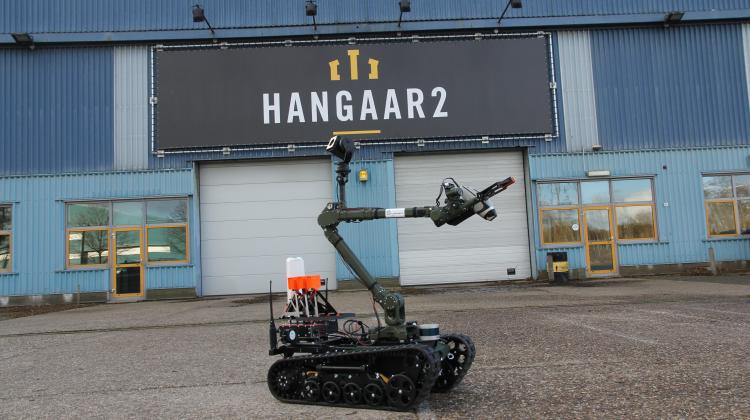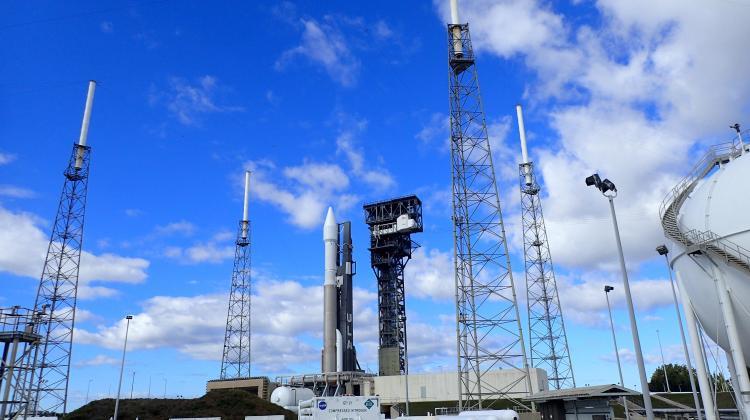ESA approves Comet Interceptor mission involving Polish scientists
 Credit: Adobe Stock
Credit: Adobe Stock
The European Space Agency has given the go-ahead for the Comet Interceptor mission to study a so-called virgin comet or another interstellar object starting a journey to the inner Solar System.
Involving the Space Research Center of the Polish Academy of Sciences, the mission is seen as being pioneering in terms of exploring the history of the Solar System, as well as the operational assumptions of the satellite construction and navigation.
Professor Hanna Rothkaehl from the Space Research Center PAS, DFP Principal Investigator, said: “Together with a team of scientists and engineers from the Space Research Center PAS, I have great pleasure to manage a multinational team of researchers working on the DFP (Dust, Field, Plasma) instrument consisting of nine separate components placed on two satellites.
“For the first time in the history of Poland's participation in ESA programmes, a team from Poland was entrusted with such a responsible scientific and technical leadership and managerial task.”
The objective of Comet Interceptor is to study a comet that has spent little time in the inner Solar System or visits it for the first time. Such objects are called virgin comets. Another potential target may be an 'interstellar intruder' from outside the Solar System - something similar to ʻOumuamua, which unexpectedly flew near the Sun in 2017. Studying such an object may allow to find out how the objects similar to comets form and evolve in other star systems.
Comet Interceptor will consist of the main spacecraft and two probes that will surround the comet to observe it at many angles. This will allow to build up a 3D profile of the yet undiscovered mission target.
ESA is responsible for the main spacecraft and one of the probes, and the Japan Aerospace Exploration Agency (JAXA) will build the second probe.
Comet Interceptor study scientist at ESA, Michael Küppers, said: “A comet on its first orbit around the sun would contain unprocessed material from the dawn of the solar system.
“Studying such an object and sampling this material will help us understand not only more about comets, but also how the solar system formed and evolved over time.”
The DFP instrument will consist of five sets of sensors and central electronics, placed on both the main and small satellites, providing multi-point in situ measurements of dust, electromagnetic field and charged particles in the comet environment.
Professor Rothkaehl who leads the team of scientists from Italy, France, Sweden, Austria, Czechia, Germany and the UK said: “The device we are building consists of instruments that diagnose the magnetic and electrical fields and properties of dust plasma, as well as central computer modules and power systems placed on the main and small satellites.
“It is really a lot of work, but if it succeeds, we will make 3D diagnostics and examine physical processes on the surface of the comet and in its surroundings. These data will also provide us with a better understanding of the process of the Solar System formation.”
Comet Interceptor is one of the fast missions, whose construction takes only about eight years. Precisely due to the pace of work, only scientists with documented and valued achievements are invited to collaborate on such missions. Professor Hanna Rothkaehl was invited because of her highly rated work on the JUICE mission, we read in the Space Research Center PAS release.
The Comet Interceptor is planned for launch together with the ARIEL mission in 2029. ARIEL is a space telescope that will study the atmospheres of exoplanets called Hot Jupiters. The Space Research Center PAS is also involved in that mission. Both missions will be launched to the L2 Lagrange point, 1.5 million km 'behind' Earth as seen from the Sun. There, Comet Interceptor will wait for the right target. When one is spotted and selected, the mission will continue its journey.
The Space Research Center PAS will also be scientifically involved in data analysis and interpretation of registered measurements, as well as preparing details about the mission's scientific program. (PAP)
agt/ ekr/ kap/
tr. RL
Przed dodaniem komentarza prosimy o zapoznanie z Regulaminem forum serwisu Nauka w Polsce.


















